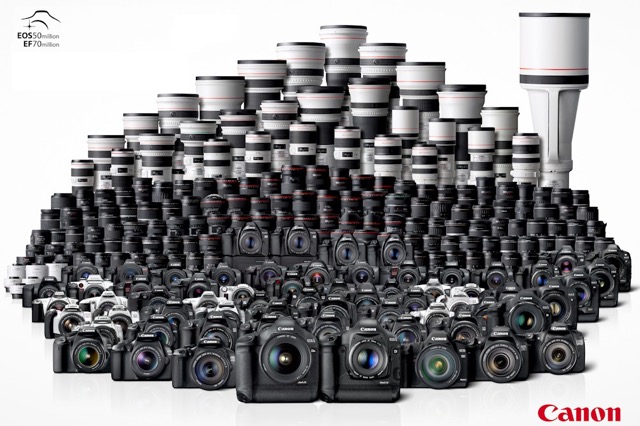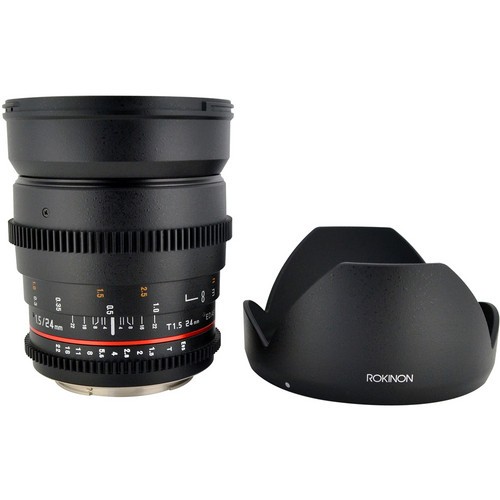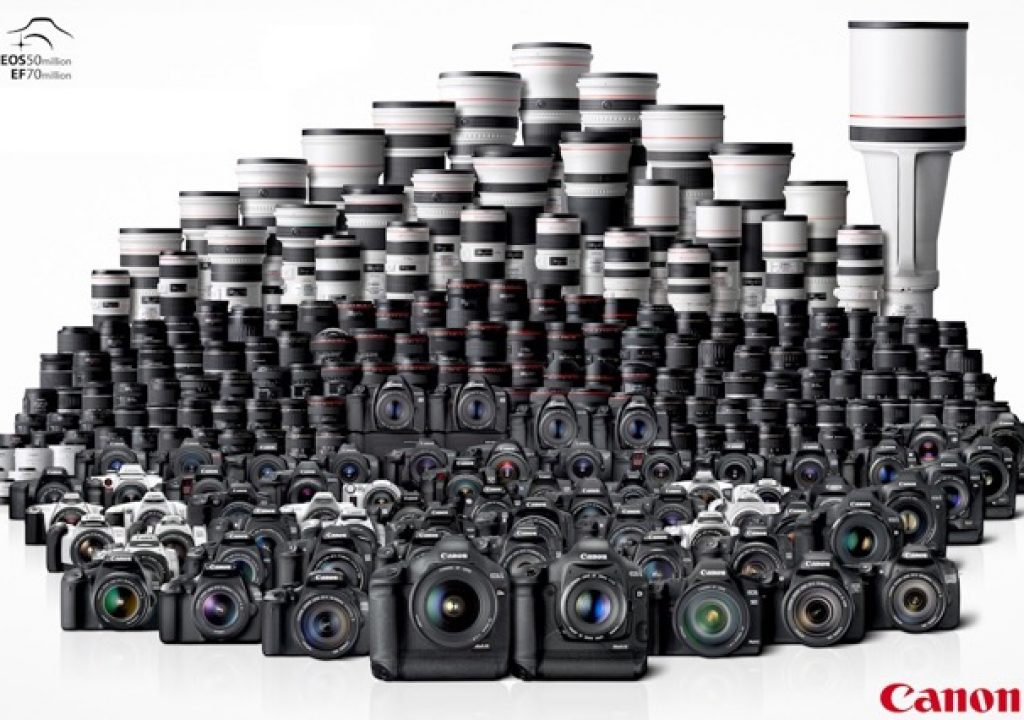You may be familiar with the old MGM saying that they had, “more stars than there are in heaven.” The same may be true of the number of choices you now have for picking a lens for your camera.

You may be familiar with the old MGM saying that they had, “more stars than there are in heaven.” The same may be true of the number of choices you now have for picking a lens for your camera.
There are countless variables to consider when choosing a lens: new or vintage, auto focus vs. manual, zoom vs. primes, Canon vs. Nikon vs. Sigma. And then there are the specialty lenses. Choosing a lens is undoubtedly one the of most critical things you will do creatively as well as financially.
Insights around figuring out everything from focal length to recommended mount type are details I’ll be getting into elsewhere, but so much of this topic comes down to a single question on where is the best place to start.
First thing: don’t get overwhelmed by the amount of lenses available to you. Instead, start by taking a look at your needs to find what’s best for you.
Let’s break down the various lens choices into five manageable groups:
- Zoom Lenses
- Prime Lenses
- Auto-Focus vs. Manual
- Specialty Lenses
- Cinema Lenses
Before we jump into those lens groups there is another breakdown we should do based on the type of shooting you’re doing. Let’s take a look at these five types of productions:
- Still Photography (Primary, with video being a smaller portion of your work)
- Documentary Video
- Feature/TV Video
- Corporate Video
- One-Man-Band Productions

Considerations
In continuing with these five groups let’s take a look at some of the key functionality of the lenses for each type of production. We can break each group into three main considerations.
Primarily Still Photography
- Auto focus
- Limited time to switch lenses
- Wide variety of focal lengths needed
Documentary Video
- Little to no time to change lenses during production
- Need a wide focal length range to capture shots on the fly in a variety of unknown locations
- Fast glass. Since many times you have to shoot in available light and/or darker environments, having a fast lens is critical.
Feature/TV Video
- Highest quality glass possible
- Usability in existing workflows
- Matched lens sets
Corporate Video
- Quality
- Specialty uses
- Image
One-Man-Band Productions
- Small footprint
- Budget considerations
- Multi-use performance
The list of considerations for each style gives us a starting point to try and match the best lens(es) for each group. Fail to think through all the needs in advance and you can get locked into a lens that spend most of its time in your bag.
What makes this even more complex is the fact that many of us have to work in many (or even all) of the above groups. If you find yourself in that situation then it’s important to look at what percentage of each type of shooting makes up your business. When you buy lenses it’s critical to invest in the lenses that help you do your job well and ultimately makes you the most revenue. Buying lenses can be a drug of sorts; there’s always a specialty lens enticing your wallet. That’s why I recommend going through these steps and figuring out if a lens fits into your revenue-generating stream.
A closer look at lens categories
Let’s switch back to the five lens groups and make a list of their strengths.
Zoom Lenses
- Fast to change focal lengths
- Contains many focal lengths
- Auto focus (usually)
Prime Lenses
- Faster lenses (allows you to shoot in less light)
- Smaller/lighter Lens
- Multi-use performance
Auto-Focus
- Auto focus great for stills
- Helps to work fast
- Can be used with newer cameras to auto focus during video capture
Manual
- Manual hard stop lenses help in getting better focus pulls
- Can be outfitted to work as cinema lenses
- Smaller and lighter lens
Specialty Lenses
- Anamorphic
- Tilt shift
- Super long lens
Cinema Lenses
- Matched lenses
- Quality
- Easy to put into existing workflows
Test case: choosing a documentary lens set
Now that we’ve gone through this exercise you can see how much easier it is to make a lens choice. If we take a look first at the documentary video category you’ll see we listed:
- Little to no time to change lenses during production
- Need a wide focal length range to capture shots on the fly in a variety of unknown locations
- Fast. Since many times you have to shoot in available light and/or darker environments having a fast lens is critical.
Then if you look through the lens categories you will see that the following categories match up:
- Zoom lenses
- Prime lenses
So if you are primarily a documentary shooter then you need to be looking at zoom and prime lenses. That helps narrow down the choice but it doesn’t lead you to the final choice. There are quite a lot of zoom lenses and prime lenses so let’s see what the next step is in getting to the answer of what is the best lens(es) for you to use.
If we look at zoom lenses here are some key differentiating factors you have between models and manufacturers:
- Speed of the zoom lens (i.e. f2.8 vs f4)
- Image stabilization
- Zoom range
- Budget (this usually means deciding what manufacturer to buy)
For prime lenses these are some of the key differentiating factors you have between models and manufacturers.
- Speed of the lenses (f1.4 vs 2.8)
- Budget
- Build quality and resale value
So in looking at these factors you can really dig down as to the best lenses for your shooting. In this case if you got one or two zoom lenses (depending of course on your current budget) that gives you a wide focal length to choose from. If you only can afford one zoom lens then maybe you look at buying a Canon 24-105 f4 lens. This is a cheaper lens but allows you a good range–if you only have the budget for a single lens. However, for shooting documentaries having a fast lens is also critical, since you’ll be shooting a lot in available light. You could decide to spend more on a faster zoom lens (an f2.8 24-70 or 70-200) but now you have reduced your overall focal length choice. So perhaps staying with the 24-105 lens and then buying one fast prime lens (canon f1.2, f1.4 or f1.8 gives you a range of faster lenses at various price points) is a better way to go.
As you can see there isn’t a one size fits all, but by using this methodology you can make a much more informed decision before you buy your next lens.
Another thing to keep in mind: as cameras get better and cleaner at higher ISO’s you might be able to get away with a slower lens and allocate that money elsewhere. In addition, many cameras include 5 point stabilization on the sensors in the camera, which means you might be able to skip the added cost of an image stabilization lenses.
For a more in-depth coverage of the specifics, check out my webinar next Tuesday at 11:30am, Feb 23rd. Sign up for free at moviola.com. You can ask questions live and see what I specifically recommend as 2, 3, 5 and 9 lens kits.
Happy Shooting.
Barry Andersson is an award-winning director and cinematographer. His career started with live television video production and now includes many acclaimed short films, several television pilots, numerous commercials, and a pair of feature films. Join him next Tuesday for a webinar entitled, The Camera’s Eye: A Guide to the Perfect Lens

